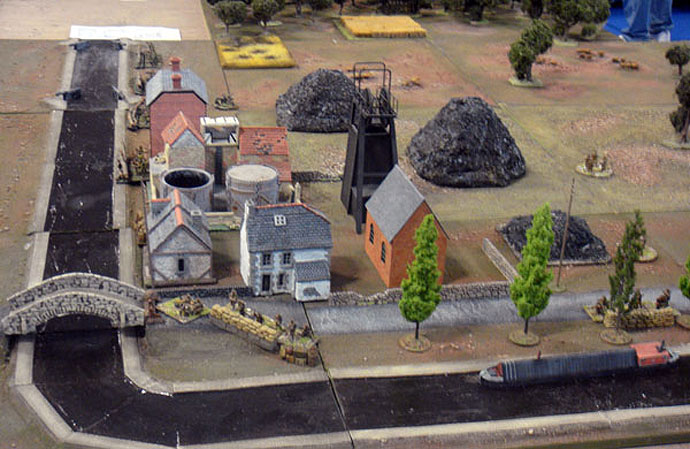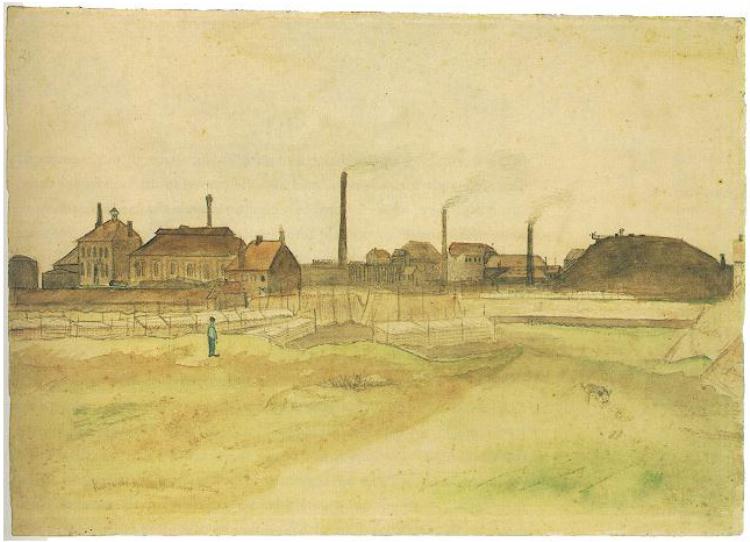25th August 1914
This post tops off a mammoth few days for the Dorsets in 1914, as well as me – doing this amount of research every day has been very hard to maintain while newborns are in range and a new range was born. Well, more like a wood burner installed, but that doesn’t pun as well.
The 5th Division was now asked to march down the eastern edge of Mormal forest. 14th Brigade was acting as rearguard and all the Dorsets had to do was march. But walking nearly 20 miles in sweltering weather, after the travails of the previous few days, must have been very trying for the men. But march they did. “The march discipline of the Dorsets was, under the circumstances, very good, that of ‘D’ Company particularly so, ” wrote Ransome in his memoirs. I do hope Frank was strolling along at the head of D Company.
Rations were a major concern. The Dorsets hadn’t drawn any since the 23rd August. Gleichen reports that he had permission to scavenge locally. What they did find at Englefontaine was distributed to the men of the 15th Brigade but the Dorsets’ war diary complains that “none reached the Dorsets”.
Once the 15th Brigade arrived at a crossroads to Le Cateau at 2pm they paused. Company A of the Dorsets was sent into partially prepared trenches at the roadside. The rest of the battalion bivouacked in amongst the corn stooks east of Troisvilles. Here they finally received food, although I am not sure the pièce de résistance of their scavenging, a cart of “very smelly cheeses”, would have been very appealing to the soldiers.
That evening a thunderstorm brought rain. Aeroplanes, both Allied and enemy, flitted above their heads. Masses of French cavalry could be seen crossing the downs. Civilians streamed down the roads pushing carts containing hastily gathered belongings. It must have felt fairly depressing for the BEF to feel like they were in retreat.
The Dorsets received orders to stand to at 3:30am and have wagons ready to move at 7am. They must have had confidence in their superiors that there was a plan in place. The reconnoitred and prepared trenches at the crossroads surely proved this: That the fighting retreat was being conducted in accordance with a strategy. We’ll see in time whether their confidence was shared by senior staff.

